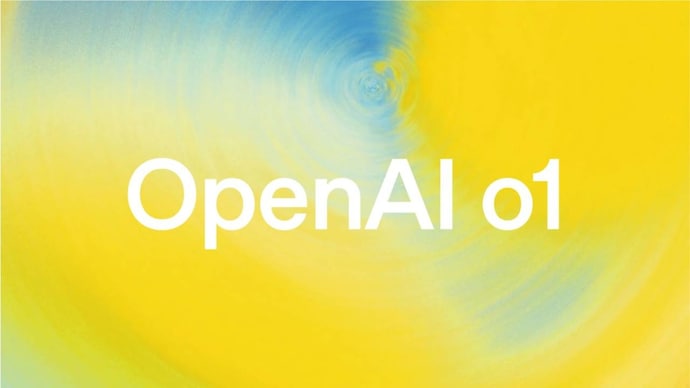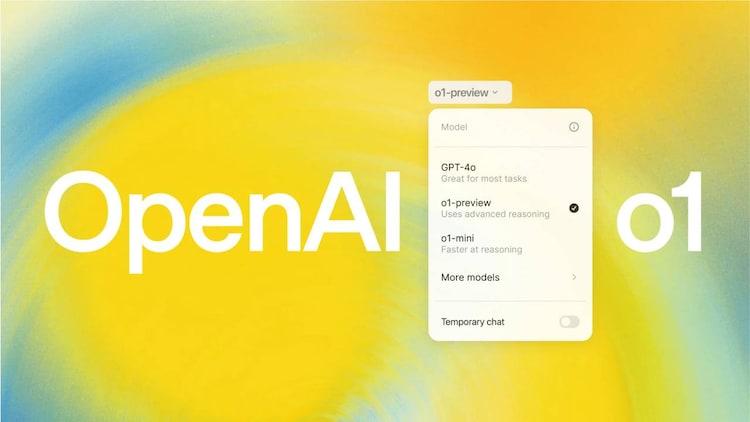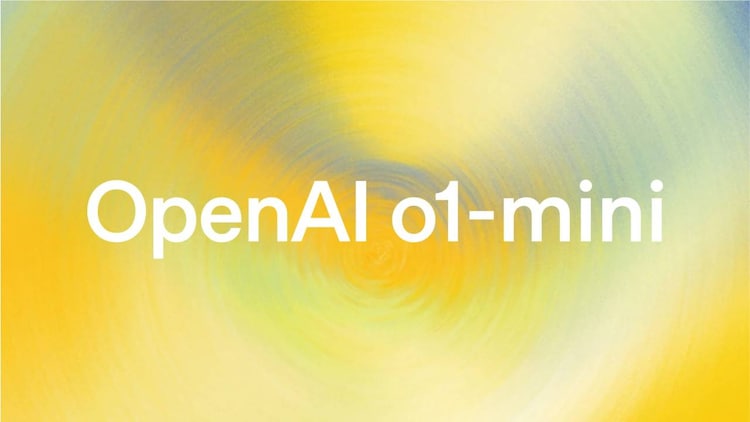OpenAI o1 has arrived, a new AI model that thinks before reacting: how it works
OpenAI has released the o1 AI model. The new smart model is available only to ChatGPT Plus and Team users.
Listen to the story

Recall that OpenAI’s Project Strawberry, is now officially called OpenAI o1. On September 12, the company fully unveiled the new AI model that thinks before it reacts. According to OpenAI, the model can reason through complex tasks and solve harder problems than previous models in science, coding, and math. Although this is the first of this series in ChatGPT, OpenAI hopes to add regular updates and improvements. But all this comes at a higher price. Let’s take a deeper look at how it works.

OpenAI o1: What is it and how does it work?
OpenAI’s o1 model is a significant step forward. According to the company, this model is a progressive step towards achieving human-like AI. It also demonstrates solid improvements in key areas, such as generating code and tackling complex, multi-step challenges with greater efficiency than its predecessors.

OpenAI said in the release that it has trained these models to spend more time thinking about problems before solving them, just like a human would. Through training, it learned to refine its thinking process, try different strategies, and recognize its mistakes. In addition, it says the model excels at math and coding. In fact, in an upcoming update, OpenAI O1 performs on par with PhD students in challenging benchmark tasks in physics, chemistry, and biology.
But, it’s not perfect!
OpenAI has confirmed that the new o1 model does not have many of the features that can be found in the ChatGPT 4o model. As an early model, it does not have features such as browsing the web for information and uploading files and images. This means that, for now, it can only take text prompts. So, if you think you can just click a picture, upload it here and it will solve the problem; you are ahead of the times.
In short, the OpenAI o1 version will only help you solve complex math problems and other academic problems that require logic. But there is more to it than that.
OpenAI CEO Sam Altman posted on X, saying that O1 is not perfect, has flaws and is still limited. He also shared graphs showing how the new OpenAI O1 performed in solving reasoning tasks such as math, code and PhD level science questions.

It is also much slower than existing models. OpenAI argues that since it is designed to “think before answering,” it takes its time to solve a problem. The company also states that GPT-4o will be more capable in the near future for many common cases.
OpenAI O1 Mini: A cheaper version
The company has established that the o1 series excels at accurately building and debugging complex code. To provide a more efficient solution for developers, OpenAI has also released the OpenAI o1-mini, a faster and cheaper reasoning model that is particularly effective at coding.

As a smaller model, the o1-mini is 80 percent cheaper than the o1-preview, making it a powerful, cost-effective model for applications that require logic but not extensive world knowledge.
OpenAI o1: Who is eligible to use it?
ChatGPT Plus and Teams users will be able to access the o1 model in ChatGPT starting today. Both o1-preview and o1-mini can be manually selected in the model picker, and at launch, the weekly rate limit will be 30 messages for o1-preview and 50 messages for o1-mini. The company is working to increase those rates and enable ChatGPT to automatically choose the right model for a given prompt.
While OpenAI plans to bring o1-mini access to all ChatGPT Free users, OpenAI o1 comes at a higher price. In the API, o1-preview is $15 per 1 million input tokens, and $60 per 1 million output tokens. For comparison, GPT 4o is priced at $5 for 1 million input tokens and $2.50 for 1 million output tokens. For India, this means that while GPT 4o is available for around Rs 420 for 1 million input tokens, users will have to pay Rs 1,260 to access OpenAI o1.
ChatGPT Plus subscription costs $20 per month, which roughly translates to Rs 1,650 per month in India.





